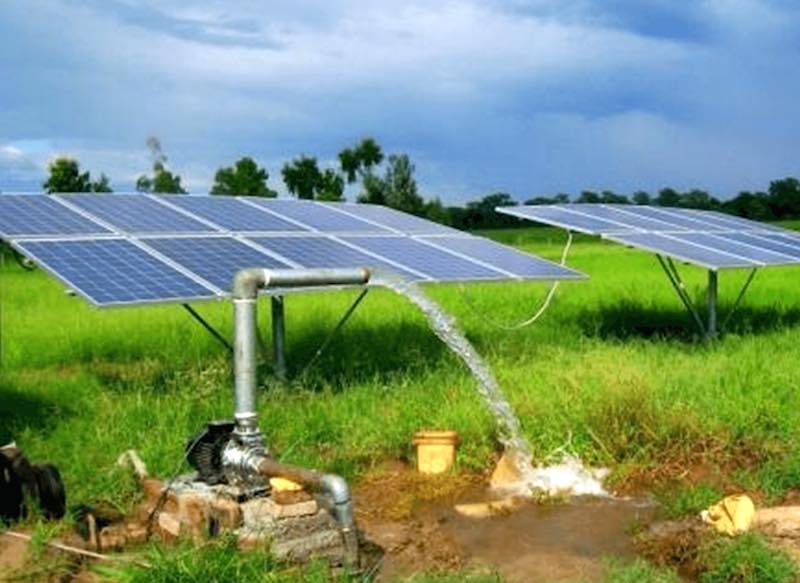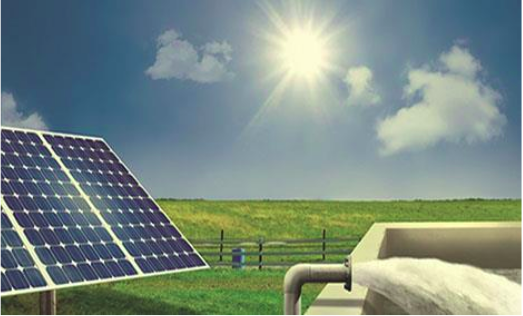Installation of Solar Systems at Farm Ponds and Dug Wells
Nature has blessed Pakistan with an abundance of renewable energy resources, which have not been harnessed appropriately. Replacing or supplementing the conventional fuels for operating water lifting pumps and operating high-efficiency irrigation systems with solar energy seems a workable option as sunlight is available for more than 300 days a year in Pakistan with about 8 hours of effective daylight period. Pakistan, due to its geographical location is blessed to receive one of the highest solar irradiations in the world and has immense solar resources, suitable for both Photovoltaic (PV) and Thermal Solar Power applications.
Most parts of the Pakistan province receive adequate solar radiation intensities over 5 kW/m /day. Its seasonal variations are also within acceptable limits. The arid/semi-arid climate of the country, therefore, provides ideal conditions for the adoption of solar energy for operating irrigation water pumps for lifting water from ponds, dug wells, and operating drip irrigation systems for the irrigation of crops. Although solar is one of the best renewable energy sources for pumping water at the same time, it has certain limitations in the form of high initial cost and non-availability of locally manufactured equipment.
Presently, solar-powered water pumps are globally restricted to applications where other energy sources are not feasible/available. Technology is advancing steadily, especially in the developing world like Asia and Africa. Its main uses have, however, been for drinking and small- scale irrigation.

